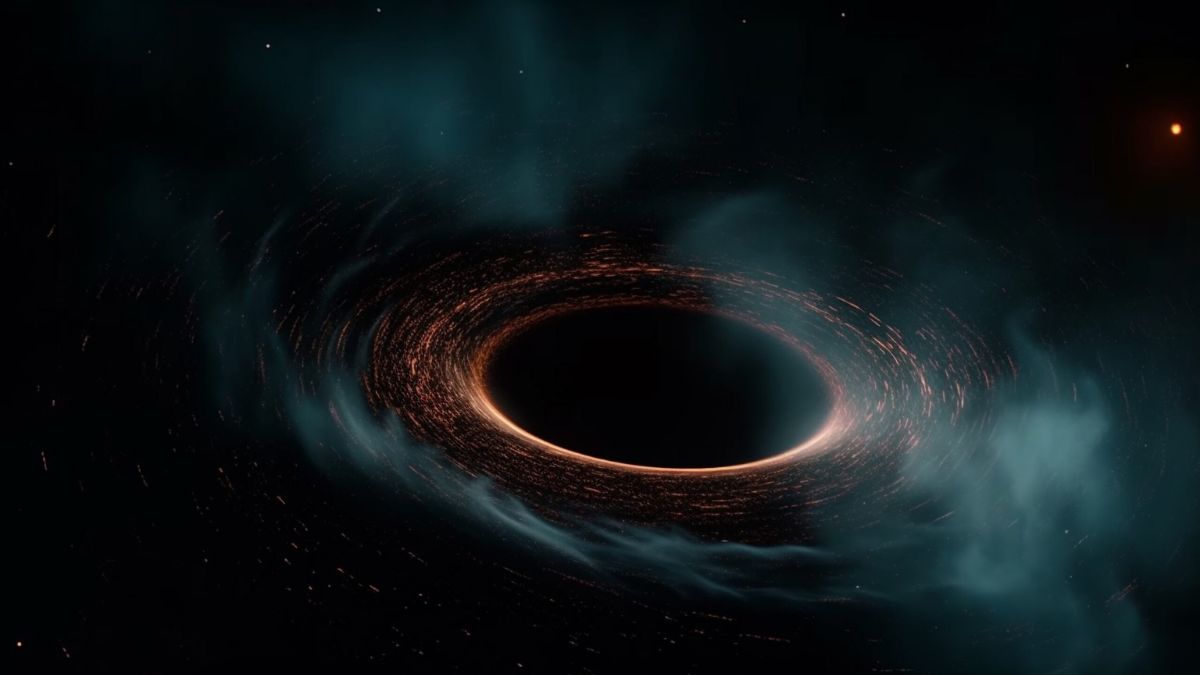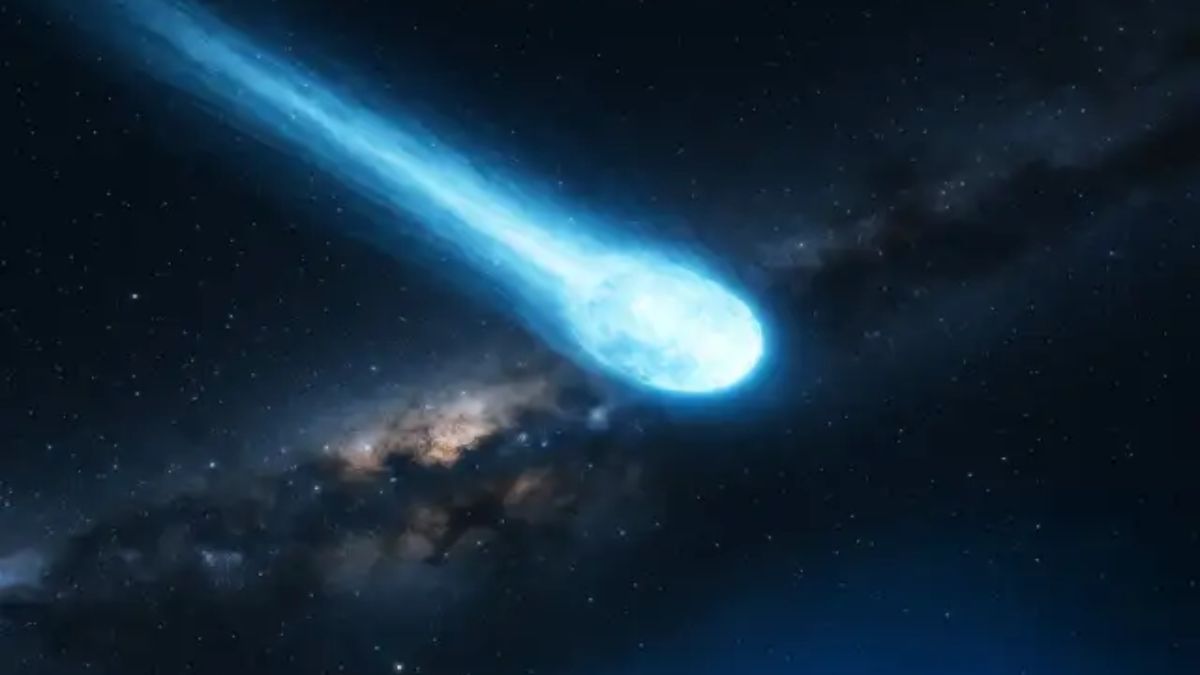More than 10 billion light-years from Earth, astronomers have spotted something truly massive — yet completely invisible. It doesn’t glow, doesn’t shine, and emits no signals of any kind. Still, it’s unmistakably there, thanks to the way it warps space itself and bends the light of galaxies far behind it.
This hidden mass, about a million times heavier than our Sun, might be one of the smallest dark matter structures ever discovered at such a great distance. It didn’t reveal itself through light or heat but through gravitational lensing — an effect Albert Einstein first predicted over a century ago.
Lensing
This strange find happened while astronomers were studying a distant gravitational lens system called JVAS B1938+666, originally discovered in 1999. To peer deep into the system, researchers used a powerful global network of radio telescopes called Very Long Baseline Interferometry (VLBI) — which combines data from telescopes around the world to capture incredibly sharp images.
At the center of this system is an Einstein ring, a nearly perfect circle of light formed when a galaxy behind another galaxy is warped into a ring by the gravity of the one in front. But in this case, the ring had a gap — a kink in the curve. Something was distorting it.
Using a method called gravitational imaging, researchers modeled the distortion without needing to detect any light. What they found was a small, dense object they named 𝒱, located exactly where the kink appeared.
Its mass? Roughly 1.1 million solar masses. That’s about a million times the mass of our Sun — all in a dark, silent clump that doesn’t emit or reflect any light.
Mystery
So what is 𝒱? That’s the question researchers are now working hard to answer.
It’s too small to be a galaxy, too massive and spread out to be a black hole, and doesn’t match the structure of any known star cluster. And yet, there it is — making its presence known only through gravity.
The best current explanation? A dark matter halo — one of the small, early-formed clumps of matter that are predicted by leading cosmological models but are notoriously hard to detect.
This particular halo is fascinating because of its size and distance. Most dark matter structures seen via gravitational lensing are much larger — 10 to 100 times bigger. So spotting something this small, this far away, is a major leap forward.
Its light began traveling toward Earth when the universe was just over half its current age. That means this clump has been drifting through space for billions of years — hidden until now.
Density
One of the most interesting things about 𝒱 is how concentrated it seems to be. Some scientists think that might hint at something new.
Does dark matter behave differently on small scales than we thought? Could it be denser in certain places? This discovery opens the door to testing those ideas.
The dominant theory of the universe’s structure, known as the ΛCDM model, predicts that dark matter forms at many different scales. Finding an object like this supports that idea — but also challenges some assumptions about how “clumpy” dark matter gets at smaller levels.
Not
Researchers tried to see if 𝒱 could be something else. They tested models of:
- Intermediate-mass black holes
- Globular clusters
- Ultracompact dwarf galaxies
But none of these matched the effect 𝒱 had on the light ring. The pattern it left — like a fingerprint — fits only with a compact mass made of dark matter.
A second study, led by astronomer Simona Vegetti at the Max Planck Institute for Astrophysics, is taking an even closer look. So far, no other explanation holds up.
That makes 𝒱 the smallest known dark object confirmed by gravitational lensing, and a huge step for observational cosmology.
Future
Other objects like 𝒱 have been spotted before, including those in systems like SDSS J0946+1006 and SDP.81. But none were this small and far away.
The discovery is proof that gravitational lensing can detect even tiny clumps of invisible matter, far beyond what light-based telescopes can see.
It also suggests that the universe is filled with many more of these dark companions — silent, ancient structures that shaped galaxies and helped build the cosmic web we live in.
If dark matter halos like 𝒱 are common, future surveys could map out an entire dark skeleton of the universe — revealing the true shape of cosmic history not by what we see, but by how things bend around it.
It’s one of those rare discoveries that doesn’t just answer a question — it asks even bigger ones.
FAQs
What is 𝒱 in astronomy?
It’s a dark mass found via gravitational lensing, likely dark matter.
How far is 𝒱 from Earth?
About 10 billion light-years away, near a redshift of z ≈ 0.9.
How massive is the dark object 𝒱?
Roughly 1.1 million times the mass of the Sun.
Is 𝒱 a black hole?
No, it’s too diffuse and doesn’t match black hole models.
How was 𝒱 discovered?
By analyzing distortions in an Einstein ring using VLBI.

















